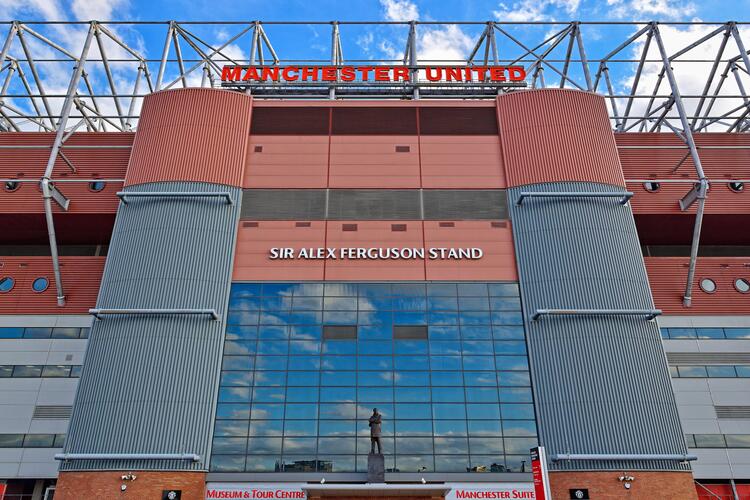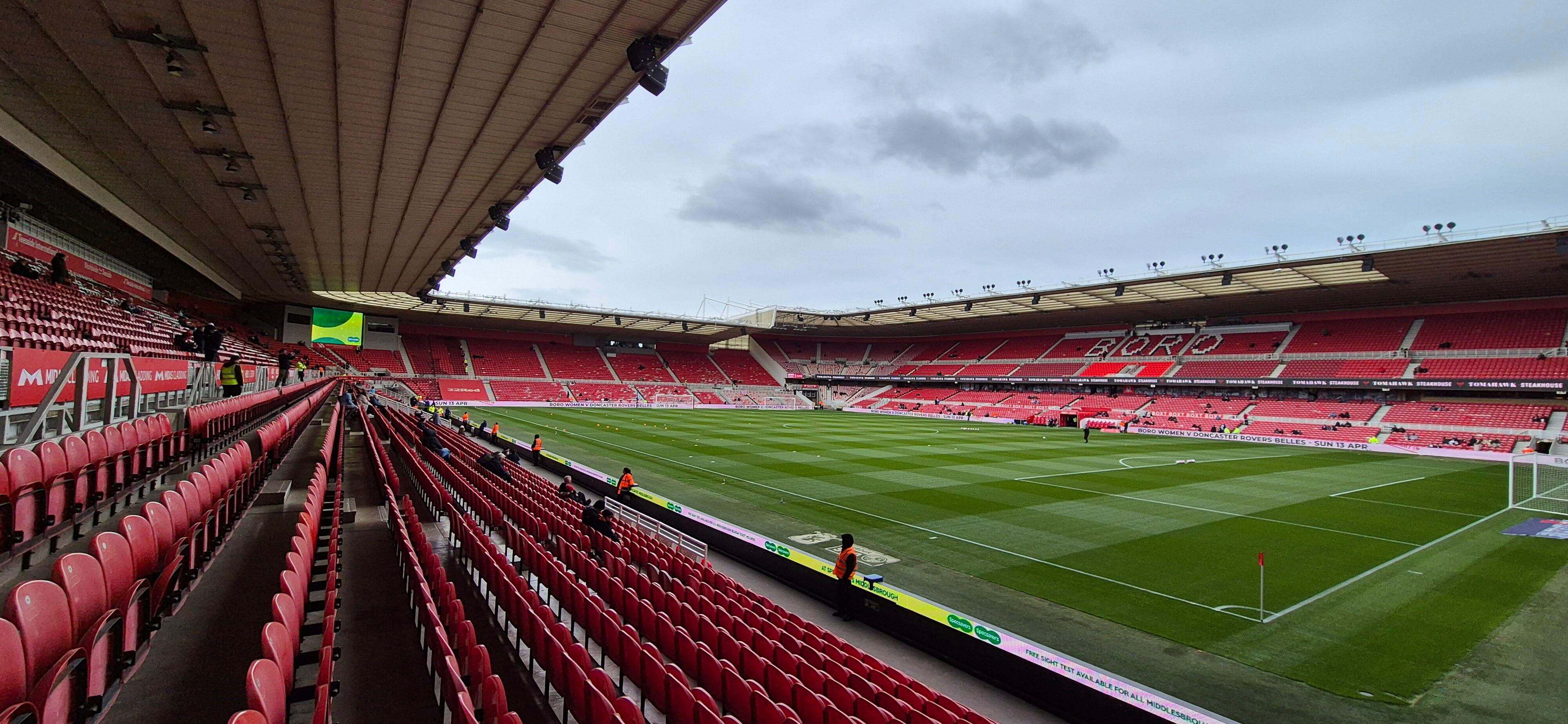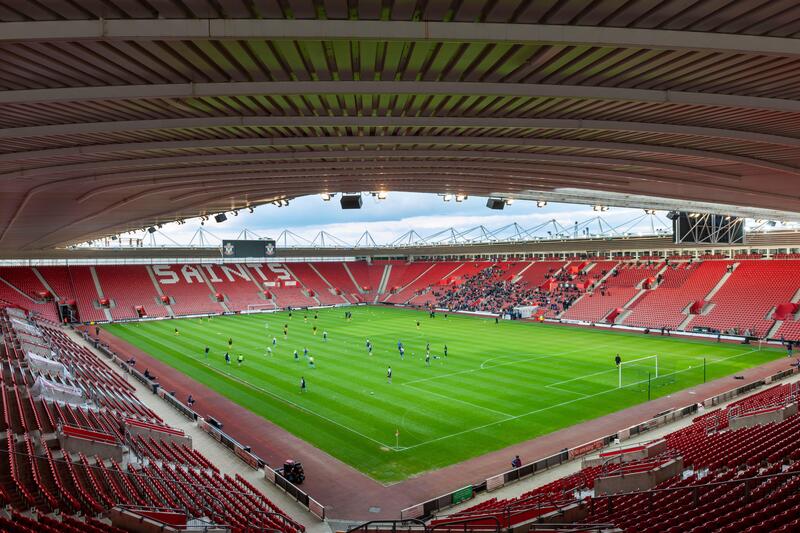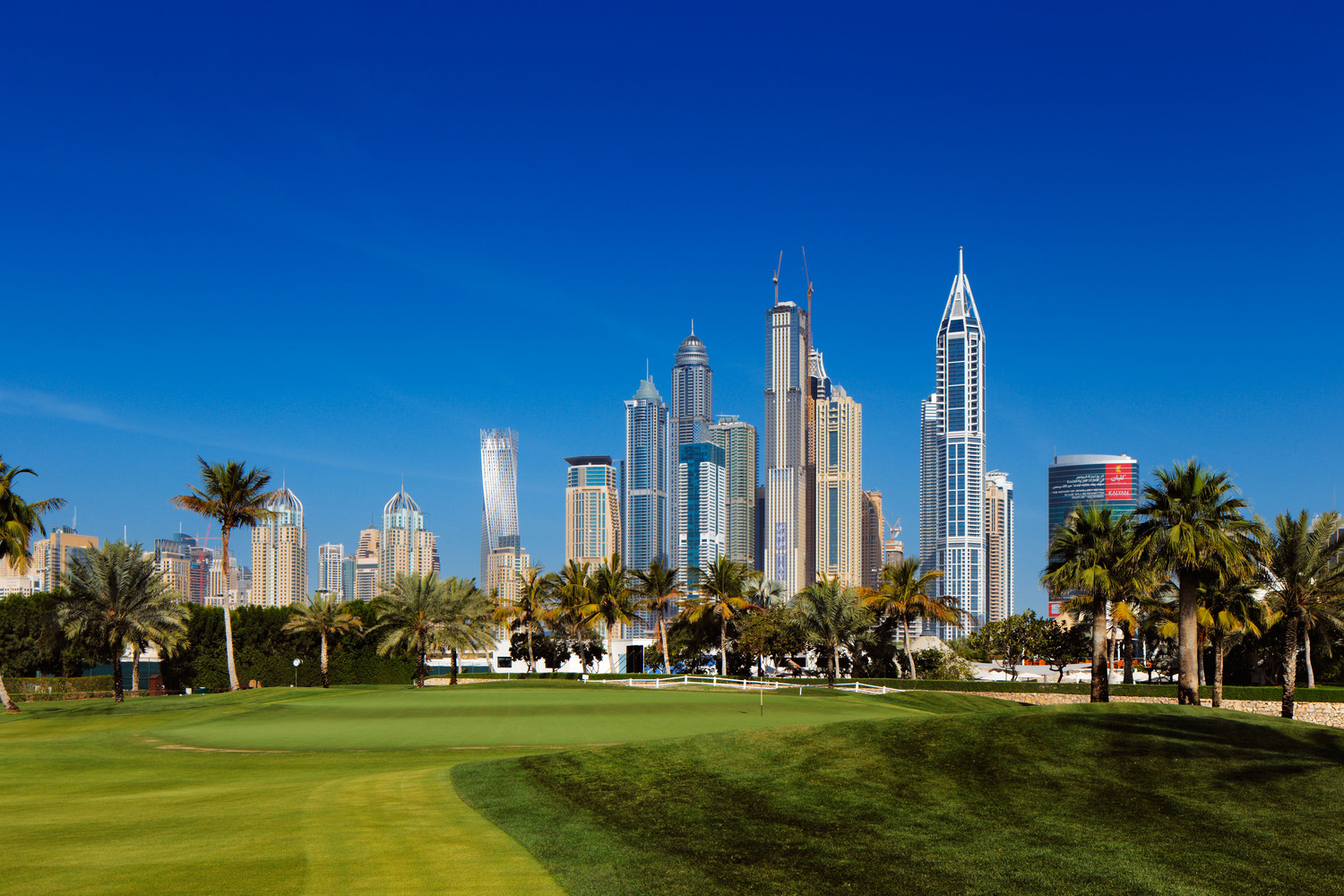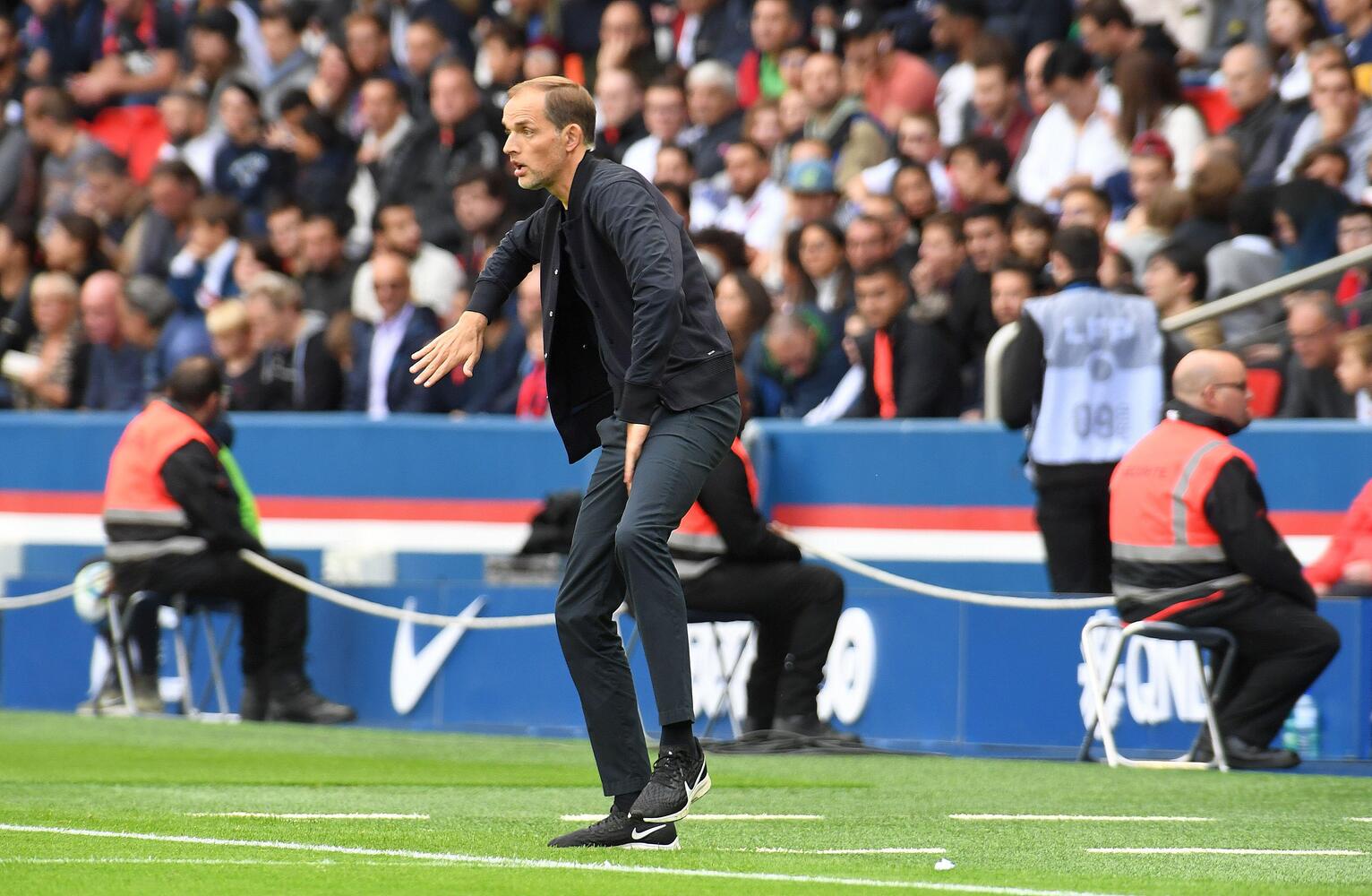Manchester United have endured what can only be described as a nightmare season – arguably their worst in recent memory. The chaos arguably began as early as last summer, when new stakeholders INEOS were still deliberating whether to sack then-manager Erik ten Hag. Despite unrest, the club backed the Dutchman with a new contract and summer signings – a public display of faith that was quickly undone.
Following a dismal start to the campaign, Ten Hag was sacked on October 28th, 2024, after a 2-1 defeat to West Ham. In came Ruben Amorim, one of Europe’s most coveted young managers, bringing fresh ideas and a new tactical system. But despite the optimism, United’s fortunes did not turn. With the Premier League season winding down, United sit 14th and could finish as low as 17th.
Their only hope of salvaging the season lies in the Europa League. And one of the biggest culprits in this disastrous campaign? Their attacking unit.
The Numbers Behind the Struggle
To understand United’s offensive woes, we partnered with the analysts at OPTA to break down and compare the club’s attacking efficiency across recent seasons. The criteria focused on total goals and assists from attacking players and the resulting average “attacking score”—a metric blending productivity and offensive impact.
Ten Hag’s Tumble: United’s Attack Hits Rock Bottom
United’s least effective attacking unit came in the 2022-2023 season. Despite featuring names like Alejandro Garnacho, Marcus Rashford, Jadon Sancho, Antony, Anthony Martial, Wout Weghorst, Anthony Elanga, and Cristiano Ronaldo, the team managed a combined 53 goals and assists with an average attacking score of just 48.94.
This was the infamous season of Ronaldo’s falling out with Ten Hag, leading to his departure to Al-Nassr. While Marcus Rashford experienced a personal best in form, his momentum wasn’t sustained in future campaigns. The dysfunction of that season set the tone for what would follow.
A Season of Struggle: Amorim’s Attacking Unit Falters
This current campaign narrowly avoids the bottom spot but still ranks as the second-worst attacking output since OPTA began tracking. Across Joshua Zirkzee, Alejandro Garnacho, Rasmus Højlund, Amad Diallo, and Marcus Rashford, the unit has produced just 31 goals and assists so far, with an average attacking score of 51.20.
Creativity has been lacking, and finishing has been wasteful – two pillars of effective attacking football. With four games to go, United are guaranteed a bottom-half finish. Ruben Amorim, for all his promise, has yet to find the formula. The hope remains that in the coming summer window, United can add to their attacking unit and build towards a more fruitful attacking team.
Interestingly, the 2021-2022 season closely follows, showing that largely since the turn of the century Manchester united have massively struggled when it comes to creating opportunities and scoring goals. It was an attacking line up which featured Cristiano Ronaldo, Jadon Sancho, Marcus Rashford, Anthony Elanga, Mason Greenwood as well as Edinson Cavani.
Between 2005 and 2011, Manchester United reigned supreme in English football under the stewardship of Sir Alex Ferguson. It was a period defined by fearless attacking football, blistering counterattacks, and an enviable mix of experience and emerging talent. From rebuilding after the departure of Roy Keane to lifting the Champions League in 2008, Ferguson’s side not only won trophies – they entertained while doing it.
While recent Manchester United sides have struggled to find their attacking rhythm, the numbers from this era tell a different story. According to Opta data tracking combined goals, assists, and overall attacking output, these years featured the most productive and devastating offensive units the club has seen in the modern data era.
2006–07: A New Dynasty Begins
The 2006-07 season was pivotal. It marked the return of United to the top of English football after a three-year title drought. With Chelsea dominating under José Mourinho, Ferguson knew it was time to reshape his squad. The attack was spearheaded by a youthful Wayne Rooney and an increasingly confident Cristiano Ronaldo, supported by veterans like Ryan Giggs and Louis Saha, as well as super-sub Ole Gunnar Solskjær.
That season, the group racked up 80 goals and assists, with an average attacking score of 130.30 – the highest recorded in our data set. Ronaldo’s evolution into a goal-scoring machine began here, while Rooney’s creative and physical presence allowed the team to stretch defences like few others. United’s attacking play was not only effective but enthralling to watch, laying the foundation for a dynasty.
2007-08: Champions League Glory
If 2006-07 laid the groundwork, 2007–08 was the masterpiece. This season marked the peak of Ferguson’s second great team, with the attacking trio of Cristiano Ronaldo, Carlos Tevez, and Wayne Rooney terrorising defences across Europe. Supported by Ryan Giggs, Nani, and Louis Saha, the team combined for an incredible 103 goals and assists.
With an average attacking score of 126.00, this side not only won the Premier League but also lifted the Champions League trophy in Moscow, beating Chelsea in a dramatic penalty shootout. Ronaldo, in particular, was unstoppable, scoring 42 goals in all competitions and claiming the Ballon d’Or shortly after. The balance of flair, aggression, and technical brilliance made United nearly unbeatable on their day.
2005-06: The Transitional Power
Often overlooked in the shadow of what came after, the 2005-06 team deserves credit for laying the foundation. Though it ended without major silverware, this squad – with Rooney, Ronaldo, Giggs, Saha, and a young Park Ji-sung – began to take shape into a fearsome attacking force. The team tallied 82 goals and assists, with an average score of 117.2, and began showing signs of the devastating speed and cohesion that would define the years ahead.
This was also the season when Ferguson began shifting away from an older midfield core and gave more attacking license to his forward players. Though the campaign ended in disappointment – finishing second to Chelsea and exiting the Champions League early – it was a crucial building block.
2008-09: Sustained Brilliance
Following their Champions League success, United entered 2008-09 with expectations sky-high. Despite Ronaldo being linked heavily with Real Madrid and injuries to key players, United delivered once again, winning a third consecutive Premier League title and reaching a second straight Champions League final.
The attack, featuring Ronaldo, Rooney, Berbatov, Tevez, Giggs, and Nani, was versatile and efficient. While they were more measured compared to the 2007-08 side, their total of 82 combined goals and assists and an average attacking score of 115.00 reflects their quality. Though they fell to Pep Guardiola’s Barcelona in the Champions League final, the consistency and adaptability of this attacking unit still stood out.
From Glory to Gloom
Between 2005 and 2011, Manchester United’s forward lines weren’t just effective – they set a standard. From the explosive energy of young Ronaldo and Rooney to the guile of Tevez and the vision of Giggs, these United teams were built to dominate both domestically and in Europe.
In today’s context, where Manchester United are struggling to break into the top half of the Premier League, looking back at these glory years is both a celebration and a stark reminder of how far the club’s attacking standards have fallen. The data confirms what fans already know – this was United at their absolute best and the club currently is a long, long way away from that.



